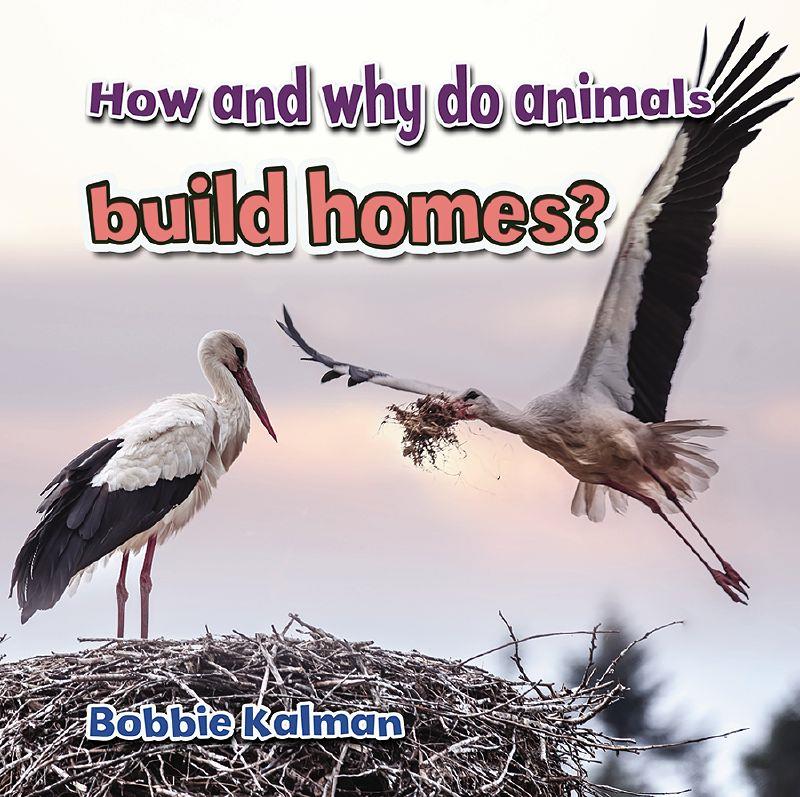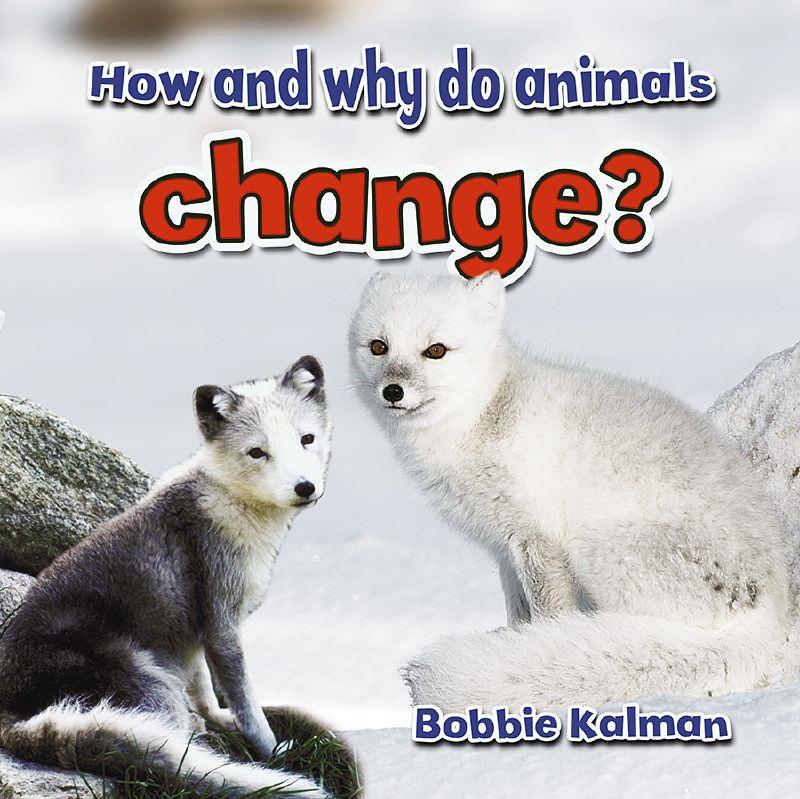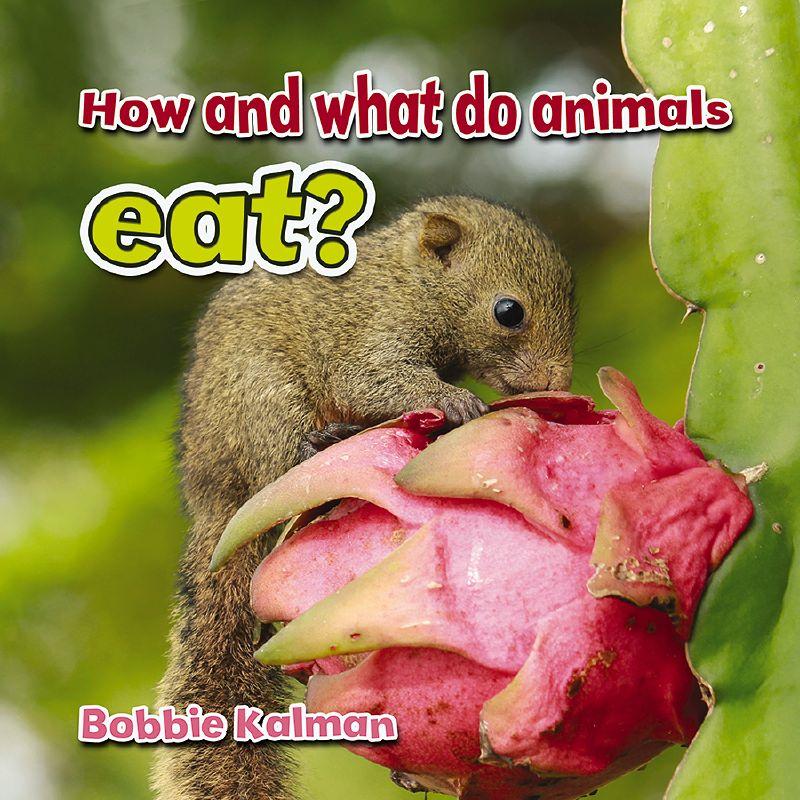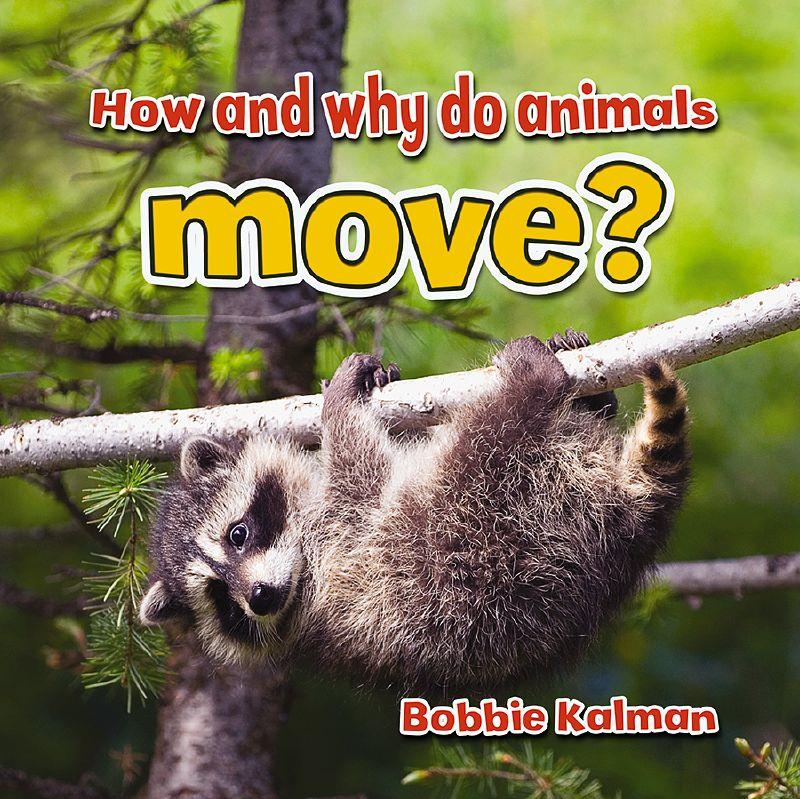| ________________
CM . . .
. Volume XXI Number 24 . . . . February 27, 2015
excerpt:
Four titles comprise the new “All About Animals Close-Up” series designed for very young readers. The perfect size for little hands, these books have appealing, colourful covers to attract readers. Each title has 10 chapters- double-page spreads- and also includes a table of contents, a glossary and an index as well as a list of books and web sites for further information. Short sentences make up the kid-friendly text which is printed in a large, simple font while small “What Do You Think?” text boxes pose questions related to the topic. The illustrations consist of colour photographs and some diagrams. Though the series might be useful in a primary classroom, there is nothing new here, and the titles vary in the amount and complexity of information. For example, the title about change explains the difference between complete and incomplete metamorphosis by means of both text and life cycle diagrams while the title about movement is so basic that the readers likely know all of the information already. As well, on occasion the reader is directed to another page via instructions in parentheses (e.g. “see pages 16-17”). This is hardly necessary for the target age group and serves no useful purpose. How and Why Do Animals Build Homes? discusses the need for animals to have a place to be safe from predators, to hatch/birth and care for their offspring, to hibernate, to sleep, and to store food. Various types of homes are featured, including burrows, dens, bee hives, homes in water (in mud, sand, rocks or lodges), termite mounds, and many kinds of nests, ranging from those belonging to birds and alligators to sea turtle and orangutan nests. In How and Why Do Animals Change?, readers will learn about life cycles, incomplete versus complete metamorphosis, colour changes (due either to the animal’s growth and maturity or to the change in seasons), molting, and skills such as hunting for food. A few specific animal behaviours, such as a porcupine’s displaying of quills and a chameleon’s ability to warm or cool its body in order to hide from enemies or communicate with other chameleons, are also mentioned. How and What Do Animals Eat? introduces readers to food chains and the terms herbivore, carnivore, omnivore, grazer, browser, predator and prey. This title also features the physical adaptations which help animals to eat or find food, some examples of which are a frog’s sticky tongue which helps it to catch insects, or an eagle’s keen eyesight which enables it to see its prey from the sky. Finally, How and Why Do Animals Move? explains that animals move to escape from predators and to find food, water, shelter or habitats that are more conducive to the animals’ survival, as is the case when animals migrate to warmer climates. There are several examples of specific body parts which enable the animal to move in a certain way. Some examples include a mountain goat’s two-toed hooves which make climbing easier, and a howler monkey’s prehensile tail which enables the monkey to swing from trees or to keep its front paws free to reach for food. Generally, “All About Animals Close-Up” is a very basic series that duplicates information found in many other books. Recommended with Reservations. Gail Hamilton is a former teacher-librarian in Winnipeg, MB.
To comment on this title or this review, send mail to cm@umanitoba.ca.
Copyright © the Manitoba Library Association. Reproduction for personal use is permitted only if this copyright notice is maintained. Any
other reproduction is prohibited without permission.
CM Home | Next Review | Table of Contents for This Issue - February 27, 2015 | Back Issues | Search | CM Archive | Profiles Archive |



